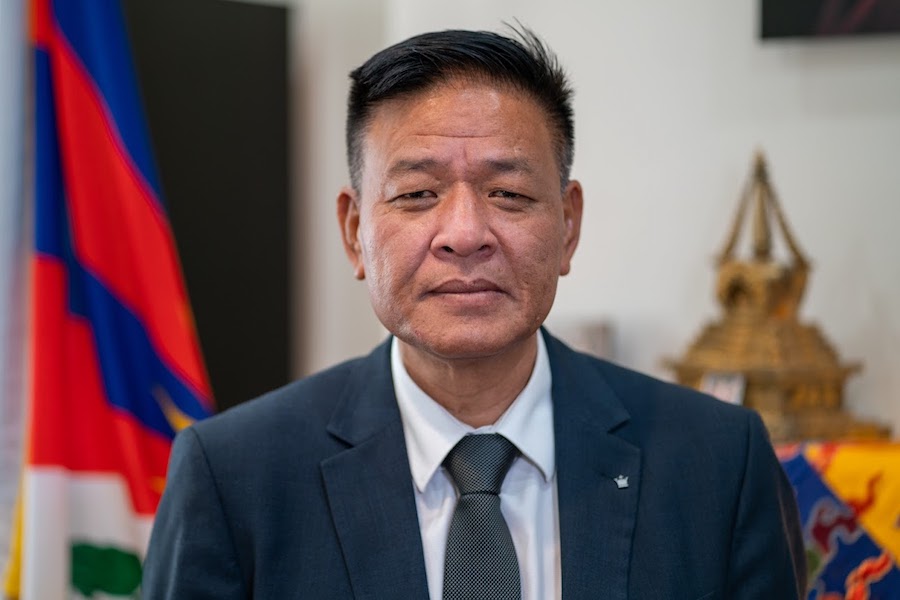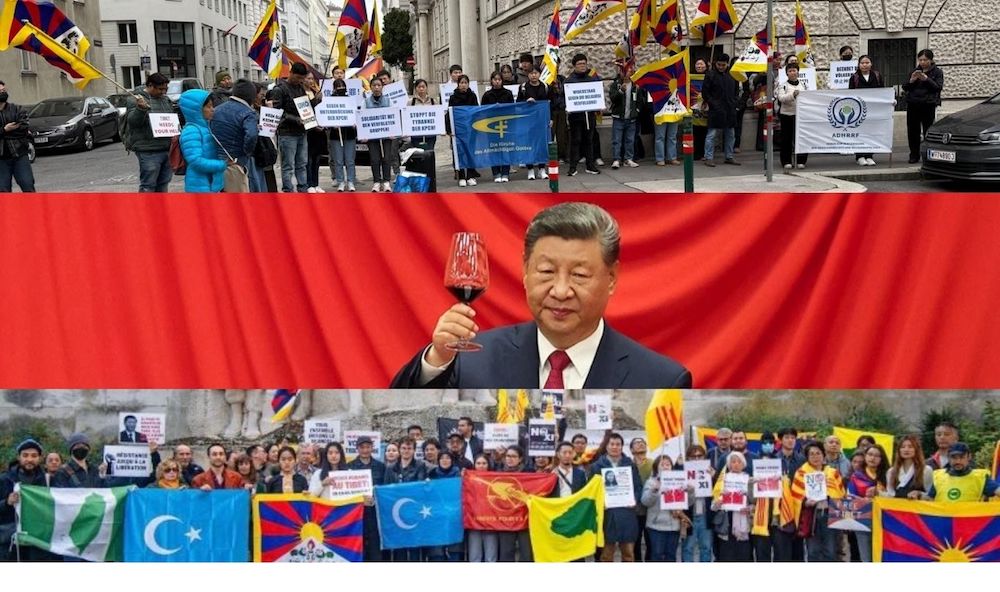Tenzin Nyidon
DHARAMSHALA, Jan. 17: The Central Tibetan Administration, also known as the Tibetan Government-in-Exile, has announced plans to publish a comprehensive book and map documenting the original Tibetan names of places and boundaries. This initiative, aimed at countering China’s escalating cartographic aggression, was disclosed by CTA President Penpa Tsering during an interview with Hindustan Times.
President Tsering emphasised the project’s significance in preserving Tibet’s cultural and historical identity amidst China’s systematic efforts to rename Tibetan locations. “This book will preserve for future generations the original names and the historical stories behind them, ensuring that this cultural heritage is protected. This is not merely a response to China’s cartographic aggression but also a step toward preserving the cultural heritage of Tibet,” he stated.
He further explained the challenges and scope of the project, noting that the complexity would vary depending on the depth of research undertaken. “The work on the map is under process, and much will depend on to what level we need to go to find out the original names in Tibetan. If we restrict it only to townships, the task becomes much easier. Maybe we will begin by focusing on townships and later expand it to include villages, and that involves a lot of work.”

The CTA’s initiative follows intensified cartographic aggression by China, including its widespread promotion of the term “Xizang” for Tibet in official narratives and media. Speaking about this trend, President Tsering remarked, “It is not just about renaming Tibet as ‘Xizang’, it’s about erasing the historical background behind the name. When you adopt these terms, as China insists, it aligns with their narrative.”
Prominent international media organisations, including The Guardian, AFP, ANI, and NDTV, have been criticised for using the term “Xizang” in their reports. A recent example involved coverage of the devastating earthquake in Dingri County, Shigatse Prefecture, which claimed 134 lives, injured 337, and destroyed thousands of homes. These reports prominently featured the Chinese term, drawing criticisms from the Tibetan community.
In another instance, the Musée du quai Branly in France faced backlash for using “Xizang” in its catalogue of Tibetan artefacts. Following strong opposition from the Tibetan community, supporters, and activist groups like Students for a Free Tibet (SFT) in France, the museum eventually removed the term. Scholars argued that the use of “Xizang” aligns with China’s official narrative and diminishes Tibet’s cultural and historical autonomy.
The head of the Tibetan polity acknowledged these developments as positive but stressed the need for continued advocacy despite limited resources. “One museum in France agreed to make corrections, which is a positive development, and we hope other governments will respect the historical status of Tibet as an independent state. Otherwise, even the middle-way policy loses its meaning. When His Holiness the Dalai Lama speaks about the middle-way policy, it inherently involves acknowledging the polarities—one being Tibet’s historical status,” he stated.
The Tibetan leader further emphasised the importance of addressing China’s broader strategy stating that China’s renaming efforts extend beyond Tibet to areas in India and the South China Sea. “We have been reaching out to governments and media and urging them to not use the Chinese term ‘Xizang’ because they (China) are not only doing this to Tibet but also in areas in India and the South China Sea.”










